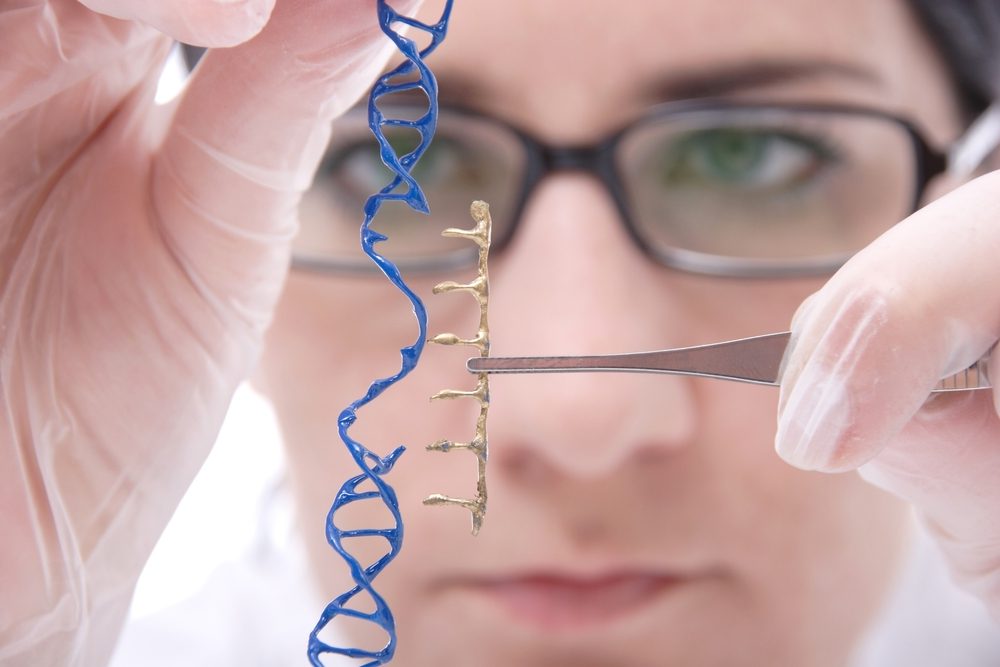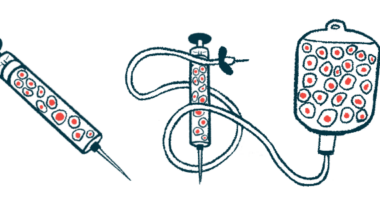DNA-Altering Protein Paves Way for Future Therapies, Researchers Say

Researchers have developed a new protein that can be controlled by a drug and allow the induction of controlled, specific DNA alterations in living cells, without unwanted side-effects. Such developments are a step forward in personalized medicine, especially in diseases with few therapeutic options, as is the case with sickle cell anemia (SCA).
The study, a collaboration between the Genome Institute (GIS) and the Nanyang Technological University of Singapore, is titled “A Chemical-Inducible CRISPR–Cas9 System For Rapid Control Of Genome Editing” and it was published in Nature Chemical Biology.
In recent years the development of CRISPR-Cas9, a laboratory technique that allows researchers to alter DNA in living cells, has opened many doors into more specific therapeutic treatments. The technique uses specialized proteins to precisely target a given DNA segment.
For instance, CRISPR allows the creation of laboratory models that mimic a specific genetic disease and the study of the pathology associated with that disease. It also can be used to delete DNA sequences and correct DNA mutations by introducing the normal copy of the affected gene. It is expected that future therapies against genetic disorders will be based on the CRISPR technique.
The problem is that, while altering and correcting the DNA sequence of interest, the proteins used in this technique also may alter additional DNA segments not meant to be modified, producing undesired effects.
“DNA is like an instruction manual that tells living cells how to behave, so if we can rewrite the instructions in this manual, we will be able to gain control over what the cells are supposed to do,” Tan Meng How, PhD, one of the authors of the study, said in a news release. “Our engineered iCas protein is like a light switch that can be readily turned on and off as desired. It also outperforms other existing methods in terms of response time and reliability.”
Researchers engineered iCas so they could switch on and off its activity with tamoxifen, a drug widely used in the treatment of breast cancer. In the presence of tamoxifen, iCas is activated and edits the DNA segment of interest, whereas in the absence of tamoxifen, iCas is inactive. The researchers observed that iCas could be activated or inactivated repeatedly, and in much faster time than other drug-controlled proteins in the CRISPR toolbox.
In fact, the high speed of the iCas response to tamoxifen is what enabled the researchers to control exactly where and when the editing of DNA will occur, making it possible, for instance, to edit DNA only in a specific tissue or at a given stage of development. The iCas protein can thus increase the preciseness of the CRISPR technique and allow for targeted and safer modifications in the DNA.
“This development allows the researchers to have precision control for more accurate DNA altering, and it can help researchers engineer cells with new properties or repair diseased cells with mutated DNA,” said professor Ng Huck Hui, the executive director of GIS.






